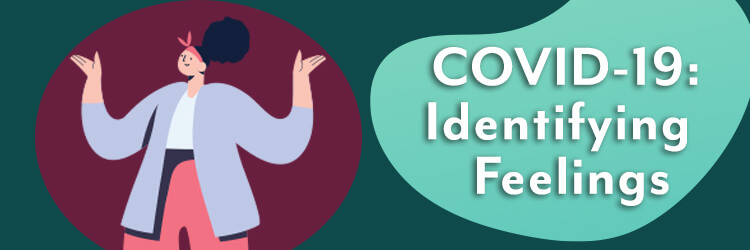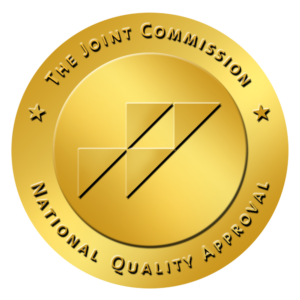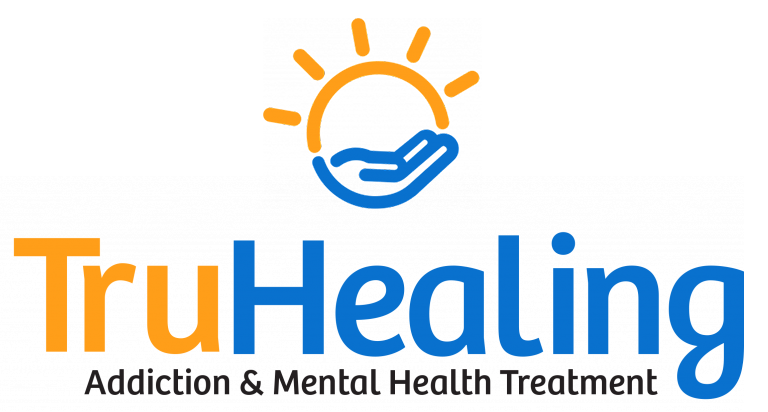[vc_row][vc_column][vc_column_text]Recognizing what you feel might seem simple. But emotions are nuanced—and many people were not taught about feelings beyond the basics like “happy” “sad” or “mad.” Some people may have been encouraged to bury their feelings and push forward.
During the pandemic, it might be particularly challenging to identify emotions. It’s likely you’re feeling multiple things at once, and they are changing often. During the almost five years I’ve been sober, some of the most challenging work has been learning to name my feelings. A lot of us in recovery drowned our emotions in alcohol or buried them in drugs. When you’re using substances to numb out hard feelings, all emotions tend to blur together.
The “feelings wheel” can be a helpful way to identify nuance. There are a lot of versions of it online. If you look it up, you’ll see a colorful barrage of words—a possibly overwhelming map of the huge range of human emotion. But the point of the feelings wheel is actually to help you narrow the broader term into something more specific. Once you name something, you can start to cope with it.
All the wheels you can find online are different, but the basic structure is usually the same. In the center are some commonly named feelings like “sad” and “mad.” Each of these emotions leads to a series of other emotions, which in turn lead to more.
If journaling works for you, it’s another helpful way to learn about your feelings. When thoughts are swirling around in our heads with no outlet, it can be hard to make sense of them. Sometimes the act of writing teaches me what I’m thinking.
Journaling can also help you understand trends in your feelings over time. If you’re always writing that you feel happy after socializing with certain people, you’ll know that maintaining relationships with those people is good for your mental health. On the flip side, if you often feel tired after talking with a specific person in your life, that might mean it’s time to set a boundary. If you’re experiencing a mental health disorder, your journal can also help you track symptoms to report to your doctor or mental health professional.
We tend to see physical and mental health as separate, but we carry our emotions in our bodies. It’s helpful to do a body scan. There are bodily sensations associated with specific emotions—for instance, a tense body can mean you are scared or anxious. But it can also mean you are angry, or something else specific to you. The more often you do a body scan, the more familiar you will become with what your body is telling you. There are also guided body scan meditations—we’ve shared a list of free or affordable guided meditation resources here.
One reason diagnoses are necessary is because they give us a framework for understanding—and ultimately treating—a condition. For instance, without the word “anxiety,” a person’s anxiety symptoms might be read as isolated parts of their personality. Diagnosing is essentially naming. (You can name the feelings, but in terms of a mental health disorder, you need a healthcare professional to diagnose it.)
If you can say “this is anxiety,” you can learn coping skills. If you can identify that you are not just mad, but hurt, you can have a more communicative conversation with the person who hurt you. And during the pandemic, when you can identify the many feelings you might have, you can better take care of yourself.
If you are struggling with a substance use or mental health disorder during the COVID-19 crisis, there is hope. TruHealing Centers is open throughout the pandemic, with hospital-grade sanitization of our facilities and telehealth options so that you can feel safe in treatment. At our recovery centers across the country, we will help you build healthy coping skills and a fulfilling life in long-term recovery. To find out more, call an admissions specialist at 410-593-0005.[/vc_column_text][/vc_column][/vc_row]








